
In part two of our series on securing a listing, ex-head of Sainsbury’s future brands and Good & Proper MD Tom Forsythe looks at how to get in the mindset of a buyer
When it comes to planning for and assessing a potential national supermarket listing, it’s important to put yourself in the shoes of your prospective buyer. Understanding what they are looking for, in relation to the wider dynamics in their category, is critical.
It’s worth reminding everyone: supermarket buyers are often accountable for large P&Ls and part of that job is to carefully manage and balance the relationships of the bigger fmcg suppliers in the industry. Joint business plans with these suppliers will be a priority and can often scupper the best-laid plans of many a challenger brand.
It’s important to know who you’re up against. Getting to grips with the make-up of a category and dynamics of a fixture will help you avoid those areas where a buyer is more likely to run with incumbents rather than turn to the innovation of a challenger brand.
What a buyer is looking for are those areas of incrementality, where the introduction of a new brand drives sales and profit that outweighs the opportunity cost from the brand or products they are replacing. Nowadays, challengers are, by default, premium brands – meaning incrementality is driven by trading existing customers up from incumbents or bringing new or lapsed customers back into the category.
Quality and profile
There are several things a buyer will look at in order to assess a challenger brand’s ability to drive incrementality in their category.
First and foremost, they will look at the product’s quality and taste. Your product must be great for you to even start a conversation. If a customer trials the product, will they buy it again? Ability to drive repeat purchase is absolutely critical. You can have the best brand and marketing in the world, but if the product is found wanting, customers won’t come back.
On the flipside, you could have the best-tasting or functioning product, but if people aren’t aware of it from a brand perspective, then it’s hard to get discovered in store and generate that initial trial and rates of sales to meet buyer hurdle rates.
So that’s when a buyer will assess the strength of brand. They will look at brand awareness to get a sense of how much engagement there is and the level of community that has been built. In truth, this won’t be a refined science but rather a blunt instrument of looking at followers across social media channels to get a sense.
A buyer will also have personal view about how visible a brand is in their level of activity and ability to communicate to customers in an engaging way. So factor this into your marketing planning.
Strength of brand will also be measured on its ability to win other listings or demonstrate traction in other channels. A buyer for a national retailer is much less likely to list a brand without a proof of concept.
Infrastructure and experience
Once you have ticked the product and brand box, the buyer will then determine whether a brand has the infrastructure in place and key building blocks to support a listing and drive rate of sale.
They’ll look at the team, too. Have they got the experience and expertise required to drive forward a retail listing? I have spoken to brands and founders before who didn’t understand the basic retail landscape, not knowing things like what a promotion was.
This is a red flag to a buyer: the last thing you want to do is list a brand that requires a huge amount of hand-holding. They want the confidence that a brand can hit the ground running.
They will also look to get a sense of the fundraising position. This is not a prerequisite to winning a retail listing, but what it signals to a buyer is whether a brand has the means to activate a brand and engage customers beyond just packaging, price and promotions. That gives a brand a better chance of converting customers in store, driving rate of sale and delivering the incrementality they are looking for.
The final one will be supply chain. This is harder to assess from the outside for a buyer, but will be an important way to signal that the infrastructure is in place to be able to scale a business and cope with the increase in volume that will come with winning a national listing. There is nothing worse for a buyer than an availability issue. A gap on shelf will do nothing to contribute to their P&L.
This piece is part of The Grocer’s series on securing a listing. Read Tom’s Forsythe’s first column, How to engage buyers

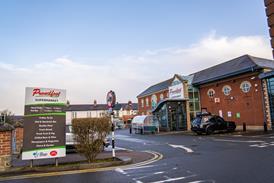
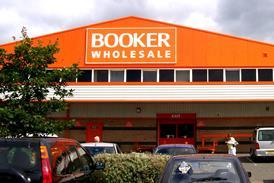


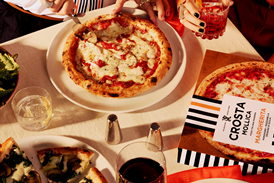

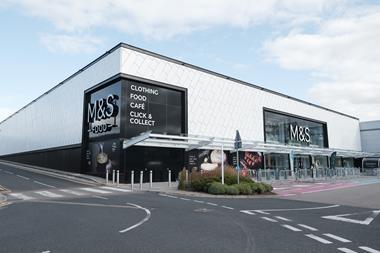
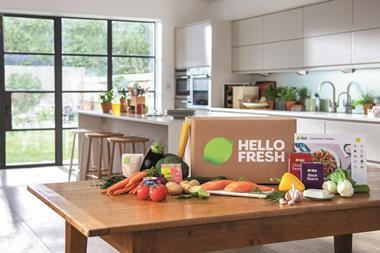

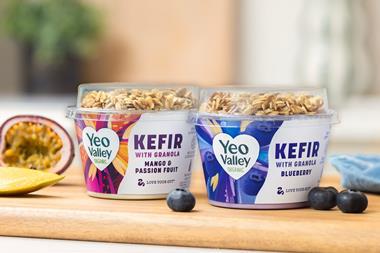



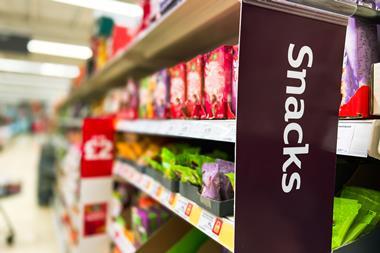
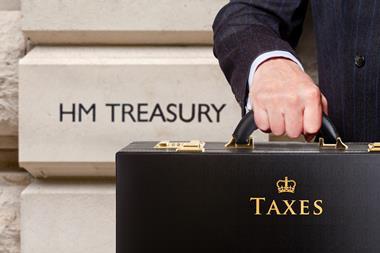



No comments yet